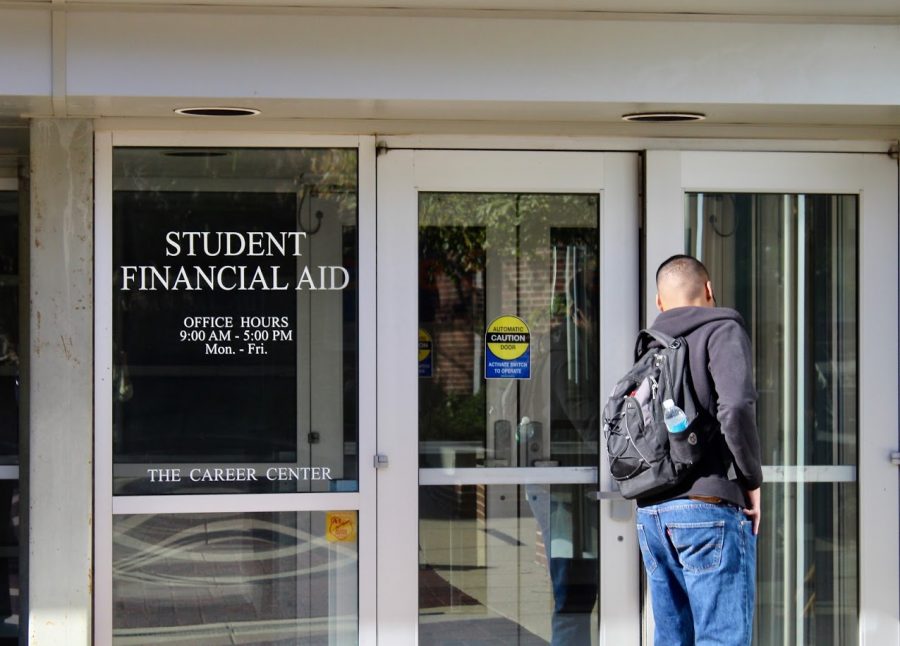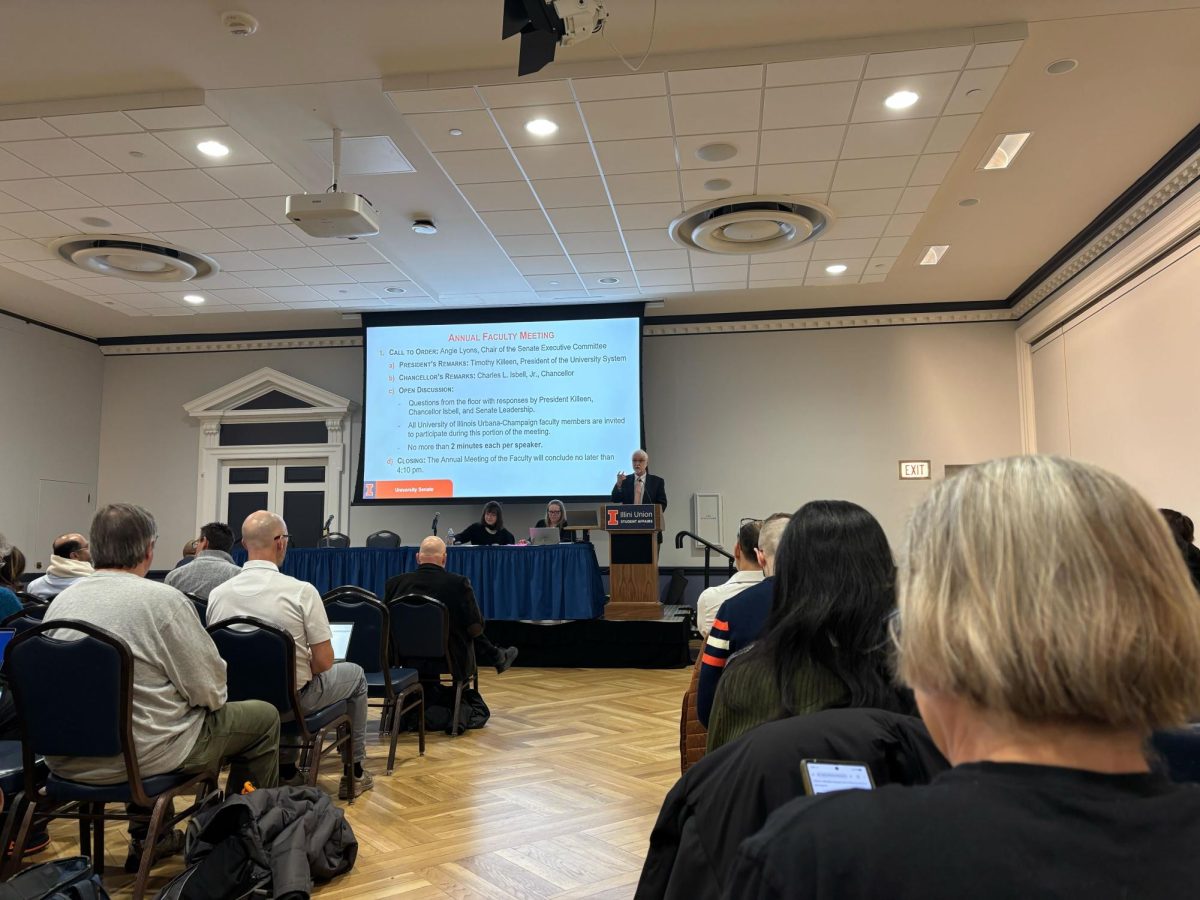Last updated on Nov. 19, 2024 at 09:54 p.m.
The University has raised the eligible baseline income to have tuition and fees covered by financial aid, making many more new students eligible for the Illinois Commitment. The financial aid package covers tuition and fees and is renewable for up to eight semesters.
Currently, prospective students who are residents of Illinois and have a family income of $67,100 or less are eligible for the Illinois Commitment. After this academic year, students enrolled in the University after fall 2025 whose families make $75,000 or less will receive the Illinois Commitment. Still, current University students whose families make over $67,100 but under the new $75,000 threshold will not be seen as eligible once the change sets in next fall.
Originally launched in 2018 with a baseline income of $61,000, the University raised the maximum to $67,100 in 2020. This coincided with the end of a five-year tuition freeze lasting from 2015 to 2019; in 2020, tuition rose 1.8%.
This comes on the heels of various government motions this year to increase education spending. Following a report by the Illinois Commission, Illinois universities were found to be underfunded by $1.4 billion. Currently, a bill to fill this $1.4 billion gap is set to arrive at Springfield for the fall veto session.
Get The Daily Illini in your inbox!
State funding fell 22% between the fiscal years 2015 and 2023. As a result, schools became more dependent on tuition for their revenue. Senate Majority Leader Kimberly Lightford reports 15,000 fewer students enrolled in public universities, with Black enrollment seeing a notably large drop.
In early June, Gov. J.B. Pritzker signed off on $2.6 billion appropriated for higher education and a $10 million increase for MAP funding for the 2025 fiscal year.
Like the previous eligible baseline incomes, the $75,000 maximum is subject to change according to student needs.
“The University continuously evaluates financial aid programs,” said Michelle Trame, director of the Office of Financial Aid.
According to the University News Bureau, this is meant to draw in more low-income students who may believe public universities are out of their budgets. Since 2018, student enrollment has increased 41%, with factors such as the Illinois Commitment making college more accessible.
Brandon Luster, junior in LAS, is grateful for the Illinois Commitment for the amount of financial leeway it has afforded him. He feels it is unfortunate that many current students who would otherwise be financially eligible next fall will not considered when the change is implemented.
“I feel that the increase isn’t really out of a desire to be more inclusive; I think it’s simply to keep up with current economic rates and the amount of money that a family should reasonably be expected to make every year,” Luster said.
Many students whose families are of higher income have reported not being afforded enough help with financial aid. Although it would be ideal for everyone in need to receive the necessary financial assistance, this is still a good step the University has taken, Luster said.
“I think right now a good — rather good balance has been established — and I hope this is the case,” Luster said. “So I put my trust in the University that the people who really need this help are getting it, and in order to support that more, other people need to put a little bit more into their education here.”






